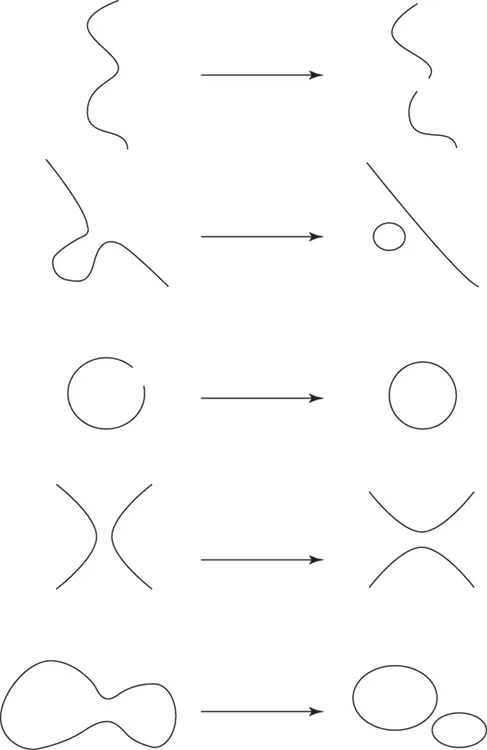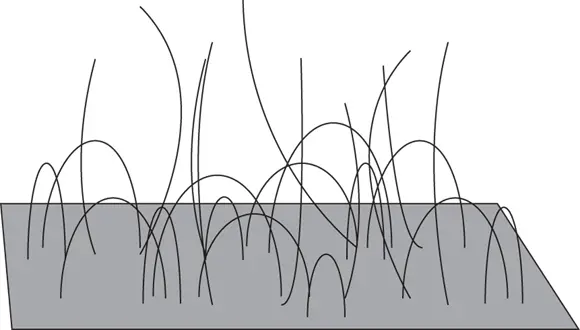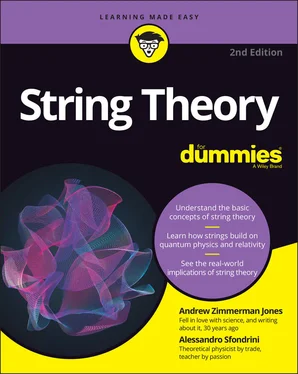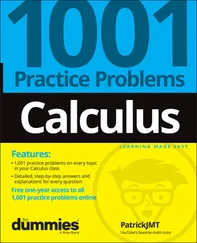Introducing the Key Elements of String Theory
Five key ideas are at the heart of string theory and come up again and again. It’s best for you to become familiar with these key concepts right off the bat.
String theory predicts that all objects in our universe are composed of vibrating filaments (and membranes) of energy.
String theory attempts to reconcile general relativity (gravity) with quantum physics.
String theory provides a way of unifying all the fundamental forces of the universe.
String theory predicts a new connection (called supersymmetry ) between two fundamentally different types of particles, bosons and fermions.
String theory predicts a number of extra (usually unobservable) dimensions to the universe.
We introduce you to the very basics of these ideas in the following sections.
When the theory was originally developed in the 1970s, the filaments of energy in string theory were considered to be one-dimensional objects: strings. ( One-dimensional indicates that a string has only one dimension, length, as opposed to, say, a square, which has both length and height dimensions.)
These strings came in two forms: closed strings and open strings. An open string has ends that don’t touch each other, while a closed string is a loop with no open end. It was eventually found that these early strings, called Type I strings, could go through five basic types of interactions, as Figure 1-1 shows.

FIGURE 1-1:Type I strings can go through five fundamental interactions, based on different ways of joining and splitting.
 The interactions are based on a string’s ability to have its ends join and split apart. Because the ends of open strings can join together to form closed strings, you can’t construct a string theory without closed strings. This is a manifestation of the dualities of string theory, which you will encounter in Chapter 11and that resulted in the proposal of M-theory.
The interactions are based on a string’s ability to have its ends join and split apart. Because the ends of open strings can join together to form closed strings, you can’t construct a string theory without closed strings. This is a manifestation of the dualities of string theory, which you will encounter in Chapter 11and that resulted in the proposal of M-theory.
 This proved to be important because closed strings have properties that make physicists believe they might describe gravity! In other words, physicists began to realize that instead of just being a theory of matter particles, string theory may be able to explain gravity and the behavior of particles.
This proved to be important because closed strings have properties that make physicists believe they might describe gravity! In other words, physicists began to realize that instead of just being a theory of matter particles, string theory may be able to explain gravity and the behavior of particles.
Over the years, it was discovered that the theory required objects other than strings. These objects can be seen as sheets, or branes . Strings can attach at one or both ends to these branes. Figure 1-2 shows a 2-dimensional brane (called a 2-brane). (See Chapter 11for more about branes.)

FIGURE 1-2:In string theory, strings attach themselves to branes.
Modern physics has two basic scientific laws: quantum physics and general relativity. These two scientific laws represent radically different fields of study. Quantum physics studies the very smallest objects in nature, while relativity tends to study nature on the scale of planets, galaxies, and the universe as a whole. (Obviously, gravity affects small particles too, and relativity accounts for this as well, but the effect is usually tiny.) Theories that attempt to unify quantum physics and relativity are theories of quantum gravity, and the most promising of all such theories today is string theory.
The closed strings of string theory (see the preceding section) correspond to the behavior expected for gravity. Specifically, they have properties that match the long-sought-after graviton, a particle that would carry the force of gravity between objects.
Quantum gravity is the subject of Chapter 2, where we cover this idea in much greater depth.
Hand in hand with the question of quantum gravity, string theory attempts to unify the four forces in the universe — electromagnetic force, the strong nuclear force, the weak nuclear force, and gravity — together into one unified theory. In our universe, these fundamental forces appear as four different phenomena, but string theorists believe that in the early universe (when there were incredibly high energy levels), these forces are all described by different types of strings interacting with each other.
That such a unification may be possible isn’t entirely surprising to physicists because they discovered 50 years ago that two of the forces are actually one and the same: The electromagnetic force and the weak force can be combined in the “electroweak” force. (If you’ve never heard of some of these forces, don’t worry! We discuss them individually in greater detail in Chapter 2and throughout Part 2.)
All particles in the universe can be divided into two types: bosons and fermions. (These types of particles are explained in more detail in Chapter 8.) String theory predicts that a type of connection, called supersymmetry, exists between these two particle types. Under supersymmetry, a fermion must exist for every boson and a boson for every fermion. Unfortunately, experiments have not yet detected these extra particles. (The latest particle that physicists have found is the Higgs boson, which is not one of the supersymmetric partners.)
Supersymmetry is a specific mathematical relationship between certain elements of physics equations. It was discovered outside string theory, although its incorporation into string theory transformed the theory into supersymmetric string theory (or superstring theory) in the mid-1970s. (See Chapter 10for more specifics about supersymmetry.)
One benefit of supersymmetry is that it balances out string theory’s equations by allowing certain terms to cancel out. Without supersymmetry, the equations result in physical inconsistencies, such as infinite values and imaginary energy levels.
Because scientists haven’t observed the particles predicted by supersymmetry, this is still a theoretical assumption. Many physicists believe that the reason no one has observed the particles is because it takes a lot of energy to generate them. (Energy is related to mass by Einstein’s famous E = mc 2 equation, so it takes energy to create a particle.) They may have existed in the early universe, but as the universe cooled off and energy spread out after the big bang, these particles would have collapsed into the lower-energy states that we observe today. (We may not think of our current universe as particularly low energy, but compared to the intense heat of the first few moments after the big bang, it certainly is.)
 In other words, the strings vibrating as higher-energy particles lost energy and transformed from one type of particle (one type of vibration) into another, lower-energy type of vibration.
In other words, the strings vibrating as higher-energy particles lost energy and transformed from one type of particle (one type of vibration) into another, lower-energy type of vibration.
Scientists hope that astronomical observations or experiments with particle accelerators will uncover some of these higher-energy supersymmetric particles, providing support for this prediction of string theory.
Читать дальше


 The interactions are based on a string’s ability to have its ends join and split apart. Because the ends of open strings can join together to form closed strings, you can’t construct a string theory without closed strings. This is a manifestation of the dualities of string theory, which you will encounter in Chapter 11and that resulted in the proposal of M-theory.
The interactions are based on a string’s ability to have its ends join and split apart. Because the ends of open strings can join together to form closed strings, you can’t construct a string theory without closed strings. This is a manifestation of the dualities of string theory, which you will encounter in Chapter 11and that resulted in the proposal of M-theory. This proved to be important because closed strings have properties that make physicists believe they might describe gravity! In other words, physicists began to realize that instead of just being a theory of matter particles, string theory may be able to explain gravity and the behavior of particles.
This proved to be important because closed strings have properties that make physicists believe they might describe gravity! In other words, physicists began to realize that instead of just being a theory of matter particles, string theory may be able to explain gravity and the behavior of particles.











